Portable/home office audiophile setup on the 'cheap'

In order to keep this article "short", I'll be assuming a couple things:
- I'll be talking digital audio only. No physical media. I'm a digital kid, I don't do vinyl or cassette or CD. So it's streaming or download, as long as there's bits and bytes involved, I'm game! (I have a bunch of lossless CD rips from back in the day when I switched over my physical collection, but ever since about 2010 I'm a digital only boy)
- I'll be talking headphone and IEM only, no stereo speaker setup, I don't have the space nor budget for that.
So, to listen to music you'll need a couple of things:
- a source of music, in our case: a streaming platform (Spotify, Tidal, Qobuz) or a bunch of music files (Flac, MP3, ...) on your laptop
- a DAC: Digital to Analog Converter that converts the bits and bytes to an analogue signal that feeds into your headphone.
- an (optional) amplifier that boosts the above signal so the volume is loud enough for you to hear at a pleasant volume
- some type of equipment that goes over or in your ears that converts the signal into pressure waves that our brain interprets as sound, also known as headphones, IEMs (in-ear-monitors), etc.
An audiophile seeks to improve every part of this chain, and a cheapskate seeks to skim on each one! So first off, notice how I said that the amplifier is optional? That's right! If you don't buy high impedance headphones (that are out of our budget anyway), the amplifier that's build into the laptop/phone or whatever you're using in the office/on the go to listen to your music should be powerful enough to output a loud enough signal these days, so we can safely drop this and spend our hard earned cash on something else!
The Source
Audiophiles will be screaming that you should go lossless here. Meaning: you should pick a source that stores audio bit perfect without compression. But after taking the following test a couple times (https://www.npr.org/sections/therecord/2015/06/02/411473508/how-well-can-you-hear-audio-quality), and finding that most of the times I can't hear the difference between the 320kbps mp3 file and the uncompressed wav file, I settled for using Spotify with the highest bitrate it offers since I can find almost all of the music I like there, and the quality is 320kbps ogg vorbis, which does a better job of compressing than mp3 anyway. Not having to wait a couple seconds for songs to load while on the road on cellular is also a big plus (flac downloads are hu-u-u-ge) and all the available playlists and recommendations and algorithms etc. make it worth it. It's also cheaper than the other streaming services out there (I've got a big family and we're all on the same family plan), and has better apps and integrations with other services etc.
Close alternative would have to be Qobuz, which does offer lossless streaming and has a great way of discovering new music and a great catalogue as well, but the additional cost makes it less interesting for our audiophile on a budget approach since I can't hear the difference anyway most of the time.
The DAC
I'd say the DAC is something you shouldn't really spend too much money on either, but in these days when phones don't have a 3.5mm jack anymore, you kind of have to spend some cash on a DAC dongle. As long as it outputs enough power for the headphone you want it to power, the SINAD is high enough so the human ear can distinguish the differences anymore, it doesn't really matter which brand or type you buy here. With the current state of electronics, anything in the 20-50 dollar market here is fine. You could go for the apple/samsung/google dongle (but beware, Apple does some funky stuff, only providing half the voltage for Android users in Europe for some weird compliance reasons). The Moondrop Dawn Pro looks like a killer device and would be my go to choice if I were to buy something right now. But I bought something a while ago when Fiio was the go-to chifi producer, so I got the KA1: It outputs plenty power to power most headhpones, the LED changes color based on the resolution of the source you're playing and it provides clean crisp audio as it should for a very reasonable price. Build quality is excellent and it's been travelling with me for almost 3 years now, doing an excellent job.
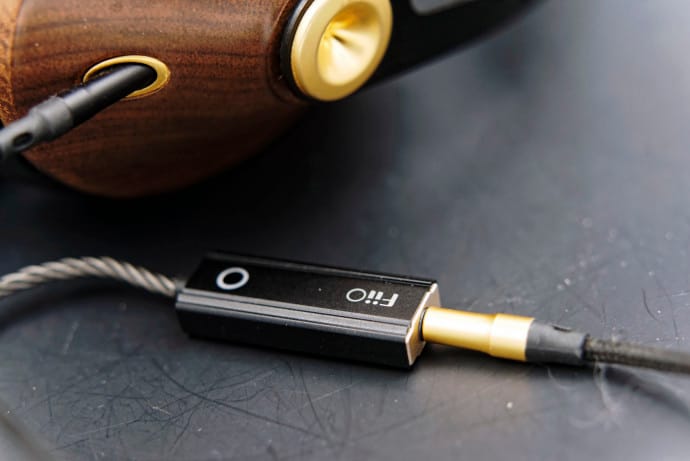
The IEMs
The bread and butter of our portable setup, the thing that you can shove in your pockets and carry around everywhere, together with your DAC dongle and phone it's everything you need to start a party in your ears!
I used to have Sennheiser CX-300s and loved those, but the cable broke, so I was looking for something similar with replaceable cables. And it had to be cheap: enter KZ, my favorite Chi-Fi manufacturer. They have so many different types of IEMS, and they're all so cheap. You start doubting whether they're any good. So I bought a cheap pair of KZ ZS3's to dip my toes in the Chi-Fi waters and was blown away with how good they sounded for they money, so after a while I upgraded to the KZ ZSN Pro's.
The ZSN Pro's are a Hybrid IEM, meaning they have both a dynamic driver, and a balanced driver. The dynamic driver performs well over the entire frequency range, and the balanced driver is tuned to the frequency of the human voice (and the rest of the mids), to make that range extra pretty sounding. And I must say, KZ did an excellent job here. Don't expect a bass canon here, these IEMs offer a pretty neutral and flat sound (very, very slight V shape), perfect for critical listening. All for the price of about 20 euros.
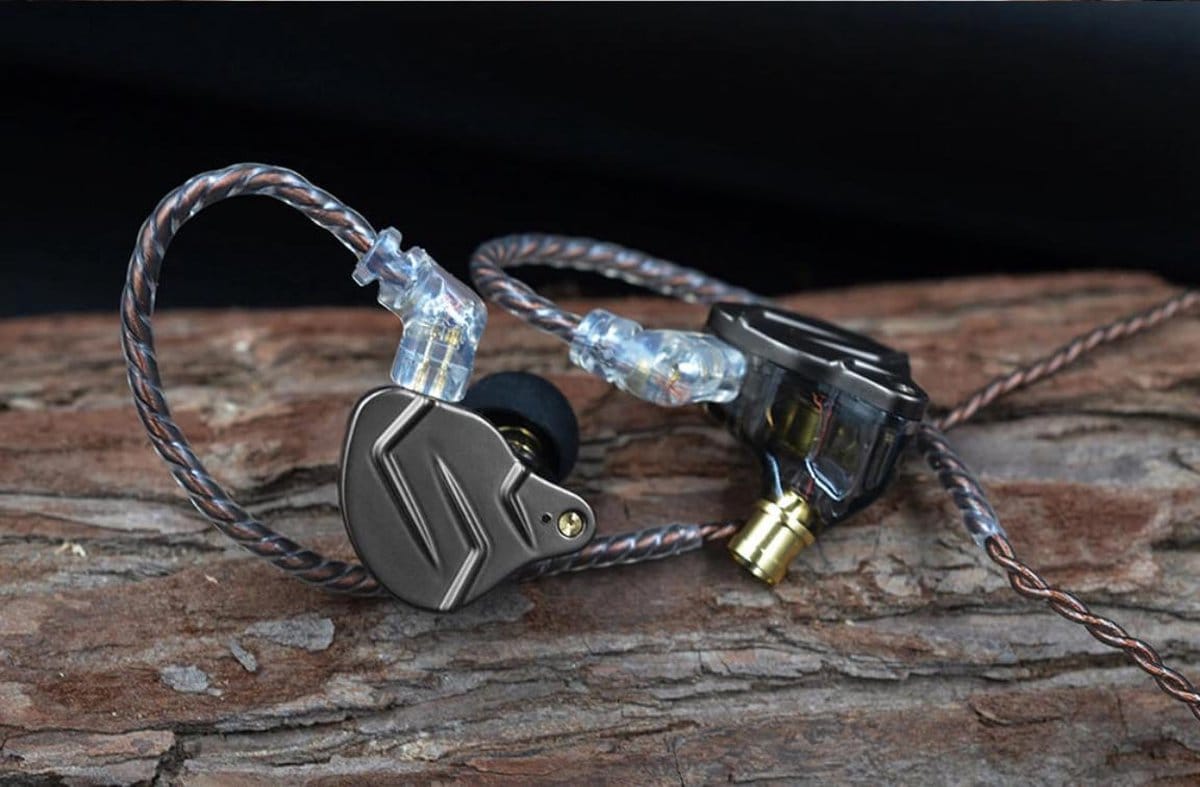
I've got a bunch of other KZ IEMs lying around as well, always handy to have some lying around in pockets so I always have something with me to listen to music.
A little while later I upgraded yet again, this time to the Truthear Hexa's. There a bit more pricy (about 60 EUR if you can get them on sale), but they sound amazing! They have a very neutral sound, a bit emphasized in the highs but I kind of like that extra treble. They have a lot better bass than the KZ's without sounding like you're standing next to a subwoofer or anything. They've quickly become my daily drivers. Also: they look badass!
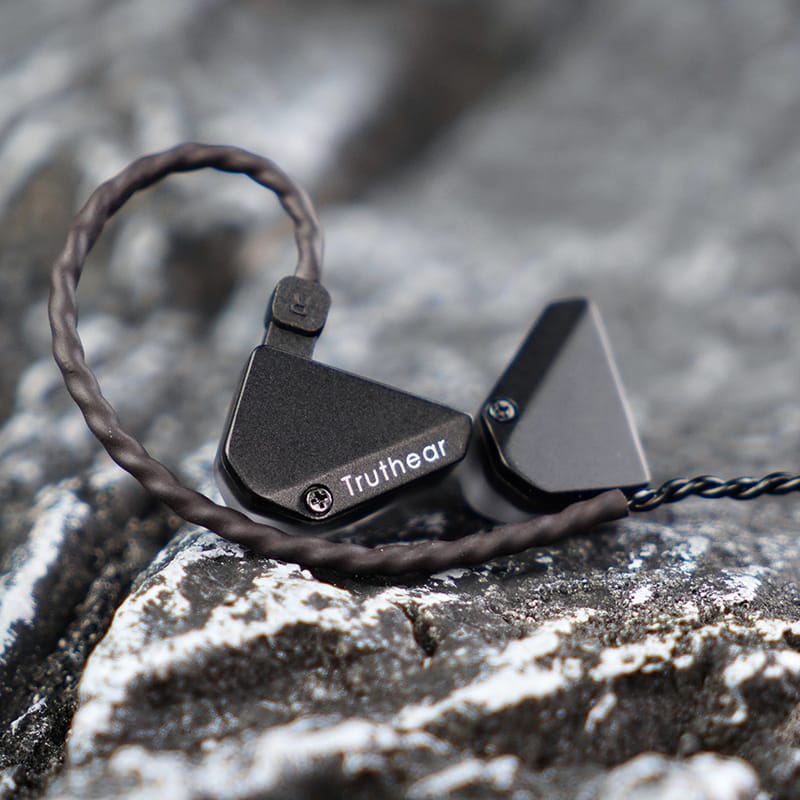
The TWS
Sometimes you just don't want the hassle of cables. Enter TWS (True Wireless Stereo), or IEMs without wires, but with bluetooth. Audiophiles normally don't really like these for a couple reasons:
- Bluetooth compresses music very very very hard
- TWS earbuds can't go as loud since they run off limited tiny batteries and amplifiers contained in the shells
- TWS compromise on sound quality to keep cost down (more components equal higher price: Bluetooth receiver, battery, amplifier that aren't present in IEMs) or are more expensive but only have similar audio quality
But there's this one set of TWS that I came across (from China, where else) that I just had to get: the Moondrop Space Travel
Let me tell you why:
- The design: they look like they actually came from outer space. They look awesome!
- They have active noise cancelling that doesn't suck!
- They have a nice V shaped sound signature that's fun and sound amazing
- And last but not least: they only cost 10 bucks!
You can't go wrong here! Makes an ideal present as well!
I use these for quick runs to the grocery store when I don't want to waste time plugging in my DAC and IEM, or when I want to listen to some music while doing chores around the house, when being cable free is always nice.
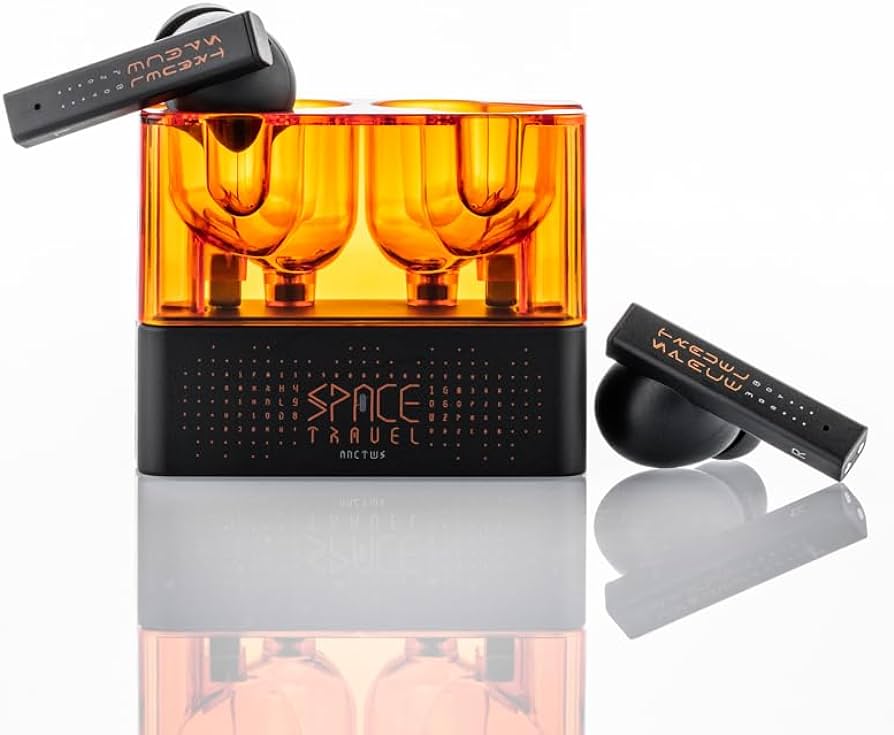
The Headphones
Now we arrive at the part of the blogpost when you no longer have to plug stuff in your ears, but have to put them over your ears. There's 2 types of headphones: open backs and closed backs. Let's quickly review:
Open backs have an, you never guessed it: open back! This creates a very open, wide, large soundstage, natural sound. Drawback is that everyone around you can hear what you're listening to, and you can hear everything that's going on around you. Zero isolation!
Enter closed backs: they offer closed backs (what's in a name), but because of these closed backs, the sound isn't as open, it's a more intimate sound, smaller soundstage, with more bass.
Let's start with the Sennheiser HD599SE. It's an open back, it's comfortable as hell, and if you can find it during an Amazon sale, it's not that expensive. They have a massive soundstage and a neutral sound with a slight V shape, so excellent for critical listening. Some might even say boring.
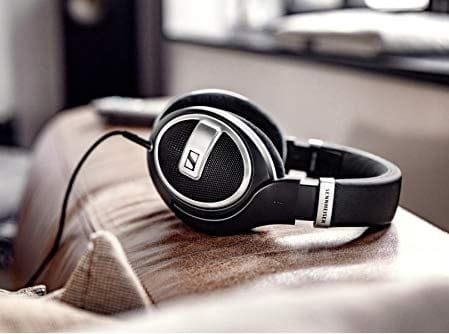
That's why we also have the Samson SR850's. These are also open back headphone, so also a very wide soundstage. They're dirt cheap, uncomfortable to wear for long periods. But, and this is important: they are so fun. They have a lot more V shape in their sound signature meaning more bass and more treble. They shape the sound more and make it more alive, more fun. Very fun to listen to for short periods of time, but for longer listen sessions or for critical listening, I always grab the Sennheisers.
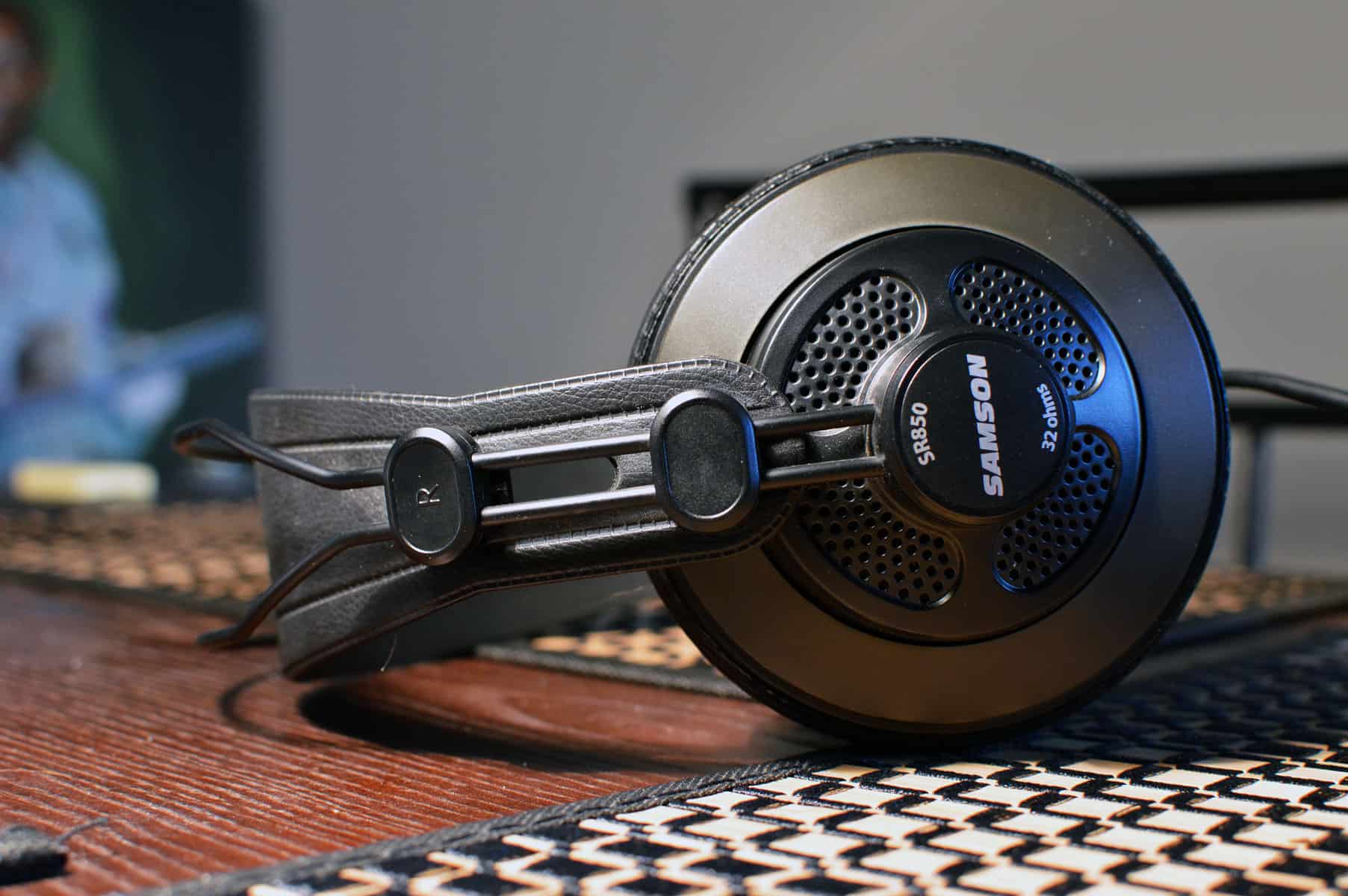
Next up we have a closed back: the Beyerdynamic DT 770 Pro (80 ohm variant). It's plastic, it has a 3m long cable, it sounds amazing. A lot more bass because of it being closed back. An impressive soundstage despite it being closed back (nothing like the open backs that I've mentioned above though) and a lot of detail in the highs, which some people say are 'piercing', but I kind of like them. Very comfortable to wear with the velvet earpads. The 80 ohms makes this the headphone in my collection that requires the most power to drive. The Fiio KA1 handles it at about 60-75% volume, my laptop at 100% is pushing it, an iPad at 100% is too silent. Keep that in mind and maybe opt for the 32 ohm version (that one requires less power but has the same sound). You probably have seen these headphones been used by Radio broadcasters or musicians, they're cheap, durable and offer an excellent neutral sound.
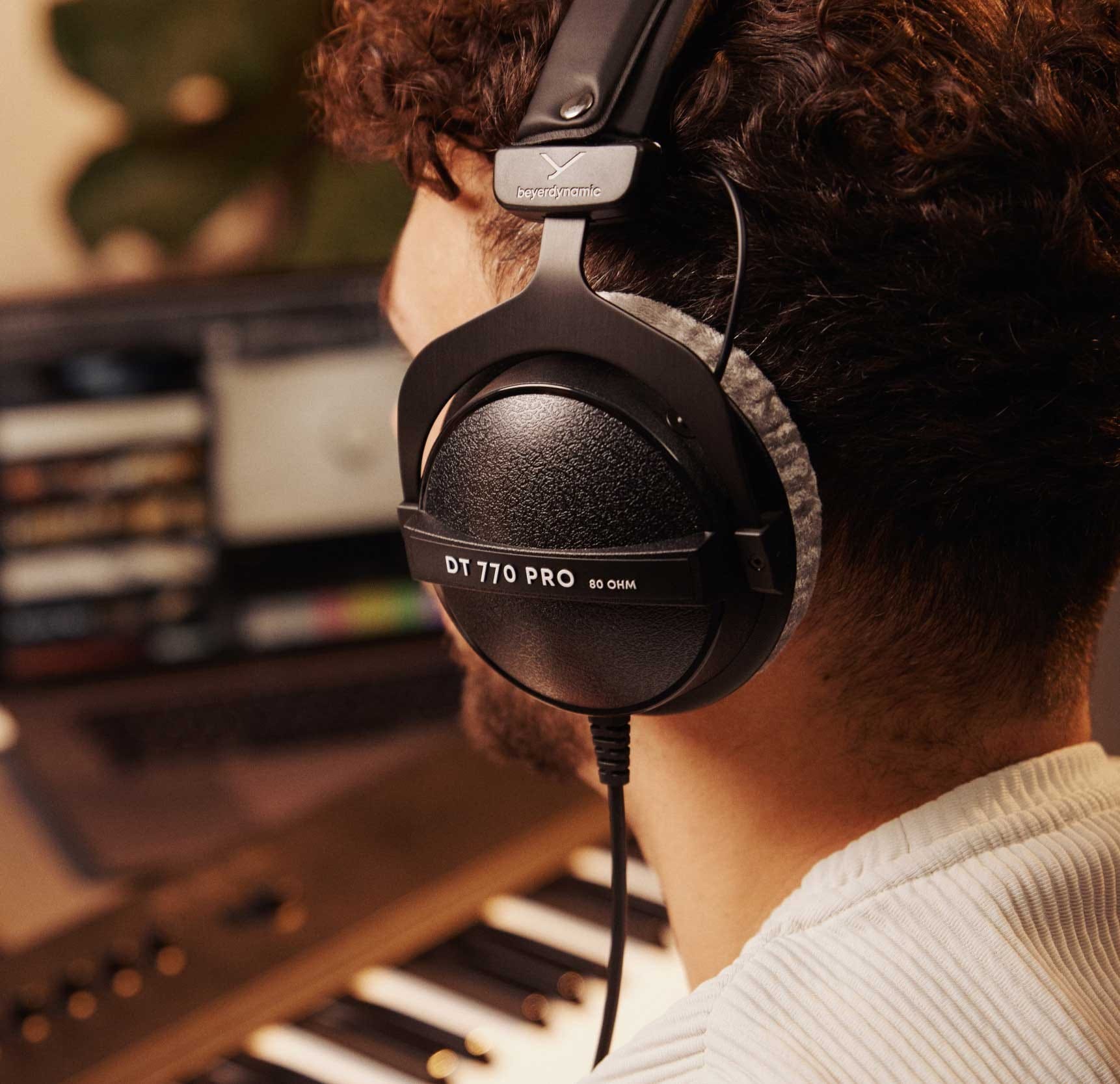
And the last headphone in my arsenal: the Bose Quietcomfort 25. The one where it all started for me. The first time I spend more then 100 flappies on a device to listen to music and I thought this was 'tha bomb'. But over the years I've come to realize that the 'no highs, no lows, must be Bose' is unfortunately true. The Bose Quietcomfort 25 is an excellent pair of headphones when you have a commute on public transportation and have to sit in a loud and noisy office with it's superb active noise cancelling. But when you turn off the noise cancelling, the sound is just flat and boring and there are much better sounding headphones for less money, and also: they make your ears sweaty with prolonged use.
My significant other has the Bose 700, the spiritual successor, fully wireless. It has the same sound signature, and she loves it. I have to admit, it sounds good, but I've come to expect something more from my music: a bigger soundstage, more highs, more lows.
I keep this one in my office backpack, for when I really need to concentrate, or when a bunch of coworkers start a meeting next to my desk. Or when I have a bad day and I want everyone to just 'stay away from me today'. Also: they're the best headphones ever to block out train/car/plane noise.

So to sum up:
- Get Spotify
- Get a cheap chi-fi dac
- Get some chi-fi IEMs for on the road
- Get some headphones for at home listening
But above all: enjoy the music!